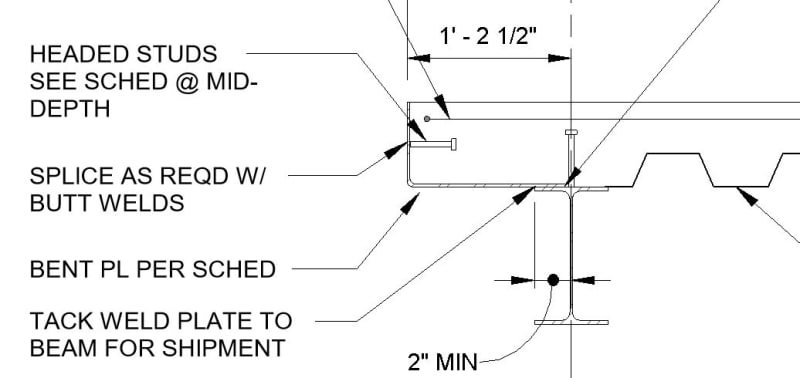For what it's worth (sounds like OP is talking about slab on deck though), we commonly do a similar check when designing PT diaphragms. More often than not, the effective prestress (essentially a proportion of the prestress that accounts for the difference between 1.2DL + 1.6LLf1 vs (1.2 + 0.2Sds)DL + rQE + L + 0.2S) available in seismic load combos (usually around 30-60psi...depending on a lot of stuff..) is enough to overcome the bending tensile stresses, such that the resulting stress is still well below concrete rupture modulus. Also in the intermountain region. SDC = D all day every day.
Effective prestress (or available *extra* prestress in those combos) can be utilized when designing chords and collectors. In the case of collectors, the shear strength of 'plain' concrete (2sqrt(f'c)bd) on it's own is considerable (diaphragm as very deep beam analogy). The amount of drag steel can be reduced dramatically compared to designing drag steel for essentially the entire drag force (i.e., how one would design drag straps/coil straps for a wood diaphragm, for example). Lots of caveats though, of course.
SK Ghosh has 2 good webinars on this methodology.
I feel like there was a thread some time ago discussing something similar about chords and drags - utilizing metal deck as part of the chord 'area'. But in the case of a steel framed structure, I generally just size my beam/column connections to handle the chord forces that may develop, and neglect any contribution from the edge angle. Much easier to do with wideflange columns than with HSS columns. Generally there are lots of jogs and discontinuities in the angle to be useful anyway. And yes, the framing is sized and braced/kicked to handle the axial forces.

